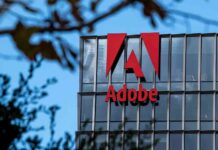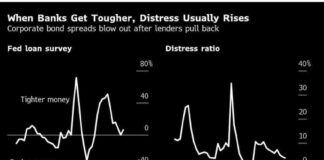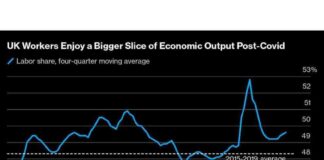Investigative Report: RTD Rail Challenges: Slow Zones, Bus Shuttles, and the Impact on Commuters
In a recent development, RTD officials have declared two new rail transit slow zones, adding to the ongoing challenges faced by rail riders in the Denver metro area. These slow zones, affecting south metro Denver trains between the Evans and Englewood stations, as well as a stretch of the E and H lines between the University of Denver and the Colorado Boulevard stations, have forced train operators to slow down to less than 10 miles per hour. This not only disrupts the regular flow of transit but also adds significant delays to commuters’ journeys.
Furthermore, the recent announcement of disruptions on the A Line train route, which connects Union Station downtown with Denver International Airport, has raised concerns among passengers. On Wednesday, August 21, riders will be diverted onto bus shuttles between Union Station and Central Park Station from 7 a.m. to 5 p.m., before being able to resume their journey on trains operating as usual between Central Park and DIA. This disruption is necessary for safety testing at key intersections where tracks cross Steele, Clayton, and Holly streets.
The maintenance catch-up blitz by RTD officials this summer has revealed the extent of repairs needed on multiple track segments across the rail system. Work crews have been busy removing damaged rail and installing new sections to ensure the safety and efficiency of the transit system. However, the sheer scale of the maintenance work required suggests a deeper issue at play – one that raises questions about the overall infrastructure maintenance and investment in public transportation.
Interviews with commuters affected by the delays have shed light on the frustration and inconvenience caused by the ongoing disruptions. Many rely on the RTD rail system for their daily commute and any delays or interruptions have a direct impact on their schedules and livelihoods. The estimated 15 to 20 minutes of extra travel time on the D, E, and H lines may seem minor, but when compounded over multiple trips, it becomes a significant issue for regular passengers.
The implications of these challenges extend beyond just inconvenience for commuters. They raise broader questions about the state of public transportation in the Denver metro area and the need for sustainable infrastructure investment. As RTD officials continue to address the maintenance backlog and implement safety testing, it is crucial for stakeholders, including government agencies, transit authorities, and the public, to engage in a dialogue about the future of rail transit in the region.
In conclusion, the ongoing challenges faced by RTD rail riders, including slow zones, bus shuttles, and maintenance work, highlight the complex nature of maintaining a reliable and efficient public transportation system. While the immediate focus is on addressing the current issues, the broader conversation about long-term infrastructure planning and investment must not be overlooked. As commuters navigate the disruptions in their daily routines, it is essential for all stakeholders to work together towards a sustainable and resilient transit system for the future.






















